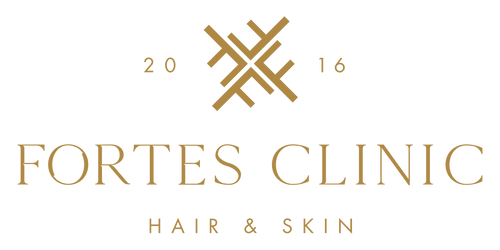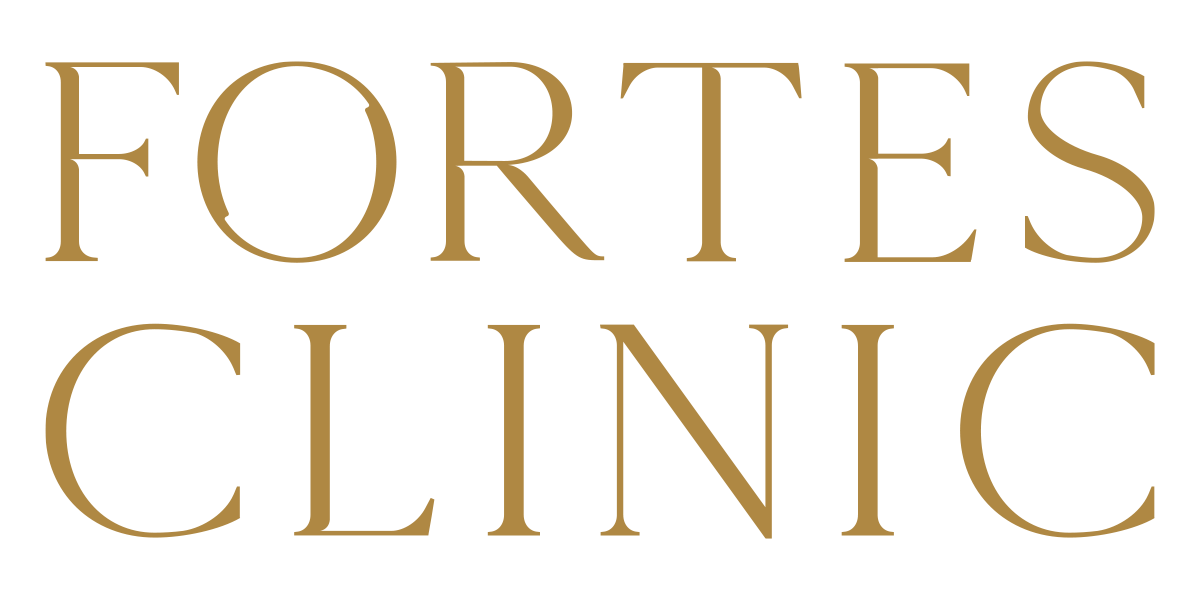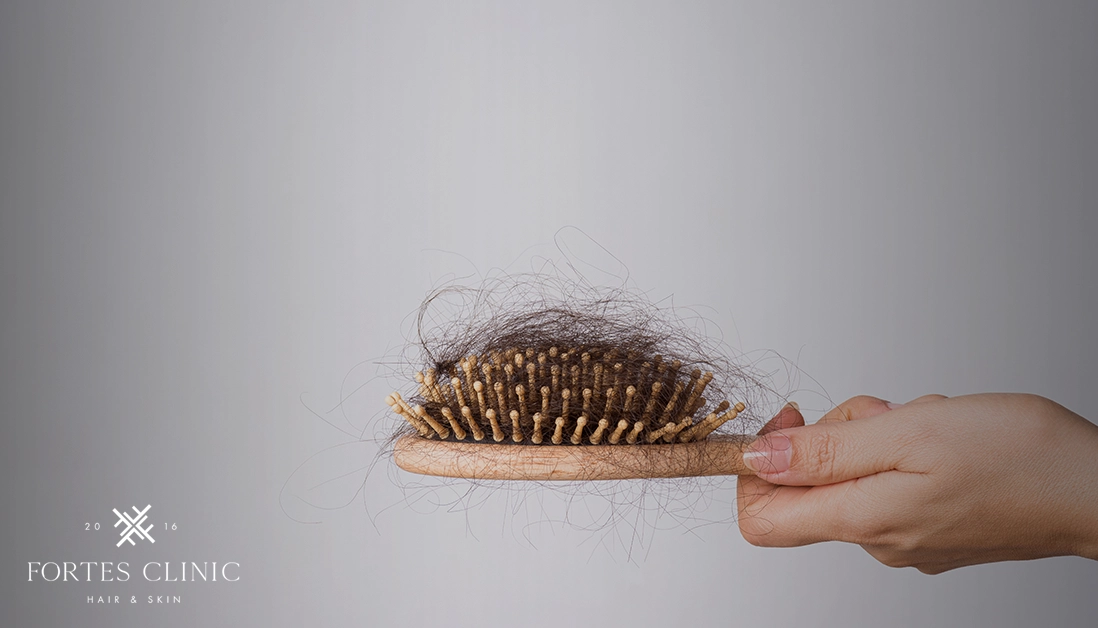Introduction to Androgenic Alopecia
The tresses we sport, often considered our crowning glory, play a significant role in self-perception and societal norms. Thus, the fear of losing hair resonates deeply. Enter androgenic alopecia, one of the chief culprits behind receding hairlines and thinning crowns. In this detailed exploration, we’ll unpack the nuances of this condition.
Definition and Prevalence
Androgenic alopecia, colloquially termed as male-pattern baldness or female-pattern baldness, isn’t confined by gender. It’s a hereditary hair loss condition where affected individuals witness thinning hair predominantly along the crown and the frontal regions. According to research, by the age of 50, approximately 50% of men and around 25% of women experience some degree of androgenic alopecia.
Why it Matters: The Psychological Impact
Whilst society often downplays hair loss, equating it merely to vanity, the psychological implications are profound. Numerous studies link hair loss to diminishing self-worth, heightened self-consciousness, and even mental health issues like depression. Beyond aesthetics, it’s a matter of well-being.
Understanding the Symptoms
Much like every medical condition, early recognition of androgenic alopecia can pave the way for more successful management.
Early Signs to Watch For
Thinning Hairlines
A receding hairline, often initiating from the temples, forming an ‘M’ shape on the forehead is a classic sign in men.
Increased Hair Shedding
Finding more hair on your brush, pillow, or shower drain? It’s pertinent to differentiate between daily hair fall and excessive shedding symptomatic of androgenic alopecia.
Change in Hair Texture
A change in the hair’s texture is common. Strands may feel softer, finer, and lack the lustre and volume they once had.
Progression of the Condition
Patterns in Men vs. Women
While men predominantly face a receding hairline and bald patches atop their crown, women usually experience diffuse thinning, which means hair thinning spread evenly across the scalp without a defined pattern.
Total Baldness: Is it Inevitable?
Not every individual with androgenic alopecia will progress to total baldness. While more common in men, women rarely lose all their hair.
Common Myths and Misconceptions
From blaming frequent hat-wearing to associating hair loss with virility, misconceptions abound. Demystifying these helps in directing focus towards genuine preventive measures.
Delving into the Causes
The underpinnings of androgenic alopecia are multifaceted, intertwining genetics with hormones.
The Role of Dihydrotestosterone (DHT)
DHT, a byproduct of testosterone, is instrumental in hair loss. In predisposed individuals, hair follicles are sensitive to DHT, causing them to shrink, which in turn shortens their lifespan and delays the growth of new hair.
Genetic Predisposition
Understanding the AR Gene
The presence of certain genetic markers, particularly in the AR gene, elevates the risk of androgenic alopecia. If hair loss runs in the family, there’s a higher likelihood of experiencing it.
Hormonal Changes and Imbalances
For women, transitional phases like menopause or complications such as polycystic ovary syndrome can instigate or exacerbate hair thinning due to hormonal fluctuations.
Environmental and Lifestyle Factors
Chronic stress, imbalanced diets, smoking, and certain medications can accentuate hair loss. While not primary causes, they can hasten its onset in predisposed individuals.
Who is at Risk?
Understanding risk factors can aid in early detection and intervention.
Age and Androgenic Alopecia
Although it can manifest as early as the late teens, particularly in men, the risk amplifies with age, with notable progression post the age of 40.
Gender Differences in Prevalence
Men generally bear the brunt more with approximately two-thirds experiencing hair loss by age 35. However, post-menopause, women too face a heightened risk.
Ethnic and Genetic Considerations
Certain populations, like Caucasians, are more predisposed than others, such as East Asians.
Diagnostic Tools and Techniques
Accurate diagnosis necessitates a blend of clinical expertise and advanced tools.
Clinical Examination
An in-depth scalp examination can highlight thinning areas, reduced hair density, and the pattern of hair loss.
Trichoscopy
By magnifying the scalp surface, trichoscopy aids in visualising minute details like hair shaft thickness and the distribution of follicular units.
Biopsy and Laboratory Tests
For more ambiguous cases, a scalp biopsy and blood tests can rule out other causes of hair loss, like lupus or dermatological conditions.
Treatment Options for Androgenic Alopecia
Addressing hair loss requires a combination of scientifically-backed treatments and individualised care. Fortunately, numerous strategies have been developed to manage androgenic alopecia effectively.
Medical Treatments for Androgenic Alopecia
Minoxidil
An over-the-counter topical solution, Minoxidil is one of the most widely recognised treatments. It works by prolonging the growth phase of hair and can be used by both men and women.
Finasteride
Available as a prescription hair loss medication for men, Finasteride works by blocking the conversion of testosterone into DHT, the hormone responsible for follicle shrinkage.
Hormonal Therapies
For women, treatments like birth control pills or anti-androgen medications can be considered, especially if there’s an underlying hormonal imbalance.
Surgical Options for Androgenic Alopecia
Hair Transplantation
A procedure wherein hair follicles are moved from areas with abundant hair to thinning or balding spots. Modern hair transplant techniques ensure minimal scarring and natural-looking results.
Scalp Micropigmentation
Scalp Micropigmentation (SMP) is an innovative solution where tiny dots of pigment are tattooed onto the scalp, creating the illusion of a fuller head of hair.
Laser and Light-Based Therapies
Devices like laser combs or helmets emit red light, which is believed to stimulate hair growth by enhancing blood flow to the scalp.
Platelet-Rich Plasma (PRP)
Derived from the patient’s blood, PRP is rich in growth factors. When injected into the scalp, it may promote hair growth and reduce hair thinning.
Why Choose Fortes Clinic for Androgenic Alopecia?
When it comes to addressing something as personal and sensitive as hair loss, the place and the professionals you entrust matter immensely.
Expertise and Experience in Treating Androgenic Alopecia
At Fortes Clinic, our team comprises seasoned trichologists and dermatologists who bring a wealth of experience and knowledge. Understanding the complexities of hair loss is our forte.
Tailored Androgenic Alopecia Treatment Plans
We recognise the uniqueness of each individual. After a comprehensive consultation, a bespoke treatment plan is crafted, aligning with the patient’s concerns, stage of hair loss, and overall health profile.
State-of-the-Art Technology
Equipped with the latest diagnostic tools and treatment modalities, Fortes Clinic stays at the forefront of hair restoration innovations. From advanced hair transplantation techniques to cutting-edge PRP therapy, we offer the best in the field.
Compassionate Care
Beyond technical expertise, our approach is underpinned by empathy. We understand the emotional toll hair loss can exact, and our endeavour is to offer a supportive, judgement-free environment.
Proven Results in Treating Androgenic Alopecia
Our success stories and patient testimonials echo our commitment. At Fortes Clinic, we don’t just restore hair; we rebuild confidence.
Frequently Asked Questions (FAQs)
Can You Prevent Androgenic Alopecia?
While there’s no guaranteed preventive measure, maintaining a balanced diet, managing stress, and avoiding harsh hair treatments can potentially delay its onset.
Is Androgenic Alopecia Reversible?
Treatments, ranging from topical solutions to hair transplants, can retard or even partially reverse hair thinning, but a complete restoration is challenging.
How is Androgenic Alopecia Different from Other Types of Hair Loss?
Distinct from conditions like alopecia areata (patchy hair loss) or telogen effluvium (temporary hair shedding), androgenic alopecia’s hallmark is its genetic predisposition and distinctive hair loss pattern.
Wrap-Up
Androgenic alopecia, while possessing a genetic influence, isn’t a script set in stone. With advancing research, evolving treatments, and the supportive environment at establishments like Fortes Clinic, those affected can reclaim not just their hair but also their confidence. Knowledge, as they say, is power. Embrace it.



